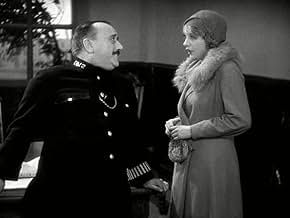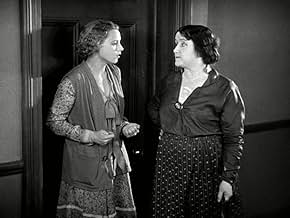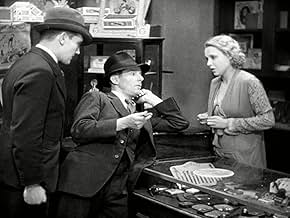Anny Ondra(1902-1987)
- Actress
- Producer
- Soundtrack
Anny Ondra was a Polish-Czech-Austrian-German-French singer and a film and
stage actress. As a child she lived in Prague, where her father was a colonel in the
Austro-Hungarian army. After graduating from convent school in Prague, she studied to be an actress with Professor Bor.
She was already a star in the Czech theater when, at age 16, the teenage beauty was discovered by the film industry.
From 1920--mostly under the direction of Karel Lamac--she became a major comedic star in Czech cinema, and in 1928 she conquered German cinema. Historically, she was Alfred Hitchcock's first blonde, appearing in his film Blackmail (1929), which was England's--and Hitchcock's--first talking film (Hitchcock, knowing that not all theaters supported talkies, also shot a silent version of the film). In 1930 in Germany she created, with the help of Karel Lamac, the Ondra-Lamac Film Society, which lasted till 1936. She was in Die vom Rummelplatz (1930) ("Those of the Sideshow") but the film was lost and remains so to this day.
She played in German, Czech and French-language versions of all her movies, always as the leading lady. She became an international cinema superstar and one of the most beloved of German film stars. She appeared in more than 88 films. She retired from the industry in 1957 and lived in Hollenstedt in der Lüneburger Heide, Germany (near Hamburg), with her husband, boxing champion Max Schmeling, whom she married in 1933.
She died in Hollenstedt and will never be forgotten by her fans.
From 1920--mostly under the direction of Karel Lamac--she became a major comedic star in Czech cinema, and in 1928 she conquered German cinema. Historically, she was Alfred Hitchcock's first blonde, appearing in his film Blackmail (1929), which was England's--and Hitchcock's--first talking film (Hitchcock, knowing that not all theaters supported talkies, also shot a silent version of the film). In 1930 in Germany she created, with the help of Karel Lamac, the Ondra-Lamac Film Society, which lasted till 1936. She was in Die vom Rummelplatz (1930) ("Those of the Sideshow") but the film was lost and remains so to this day.
She played in German, Czech and French-language versions of all her movies, always as the leading lady. She became an international cinema superstar and one of the most beloved of German film stars. She appeared in more than 88 films. She retired from the industry in 1957 and lived in Hollenstedt in der Lüneburger Heide, Germany (near Hamburg), with her husband, boxing champion Max Schmeling, whom she married in 1933.
She died in Hollenstedt and will never be forgotten by her fans.



































